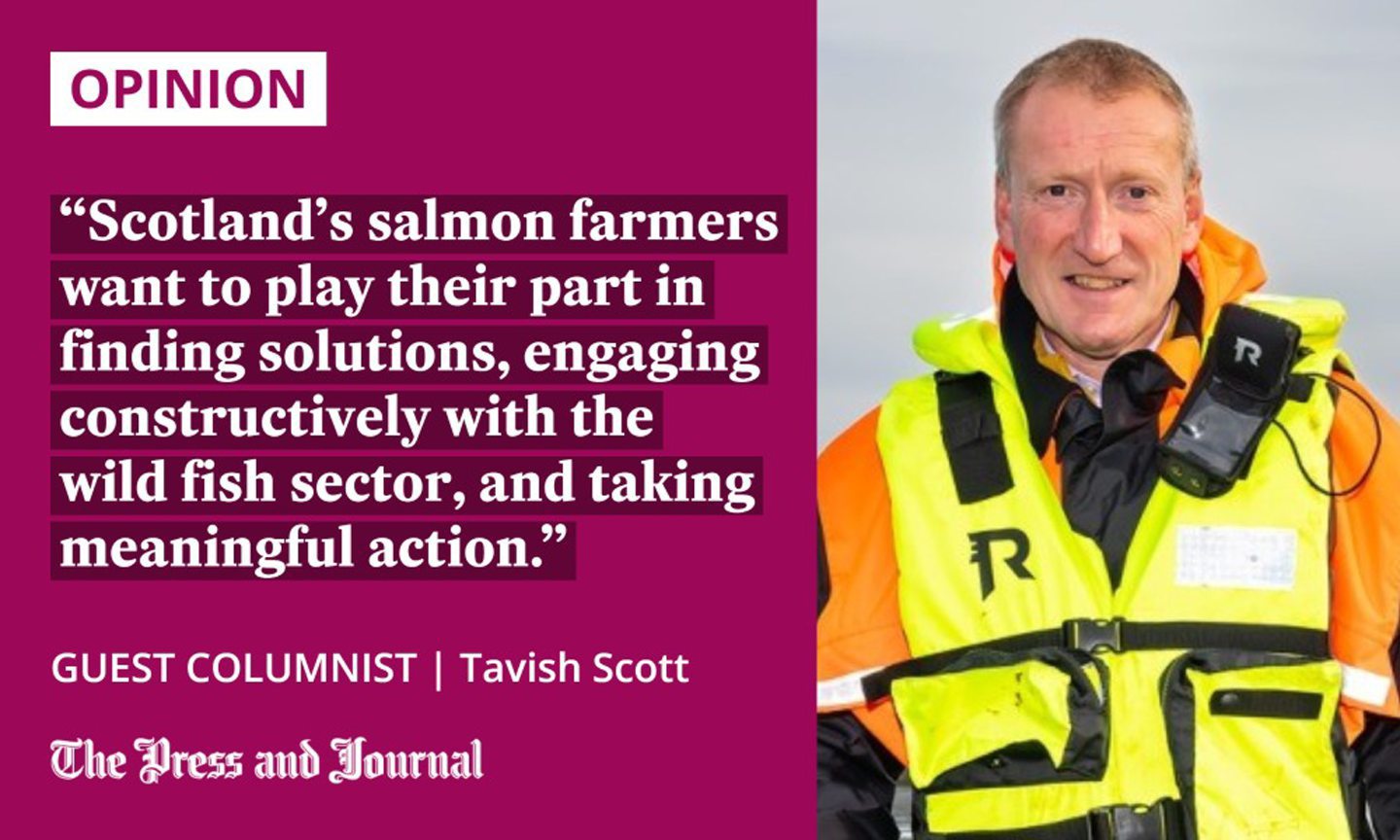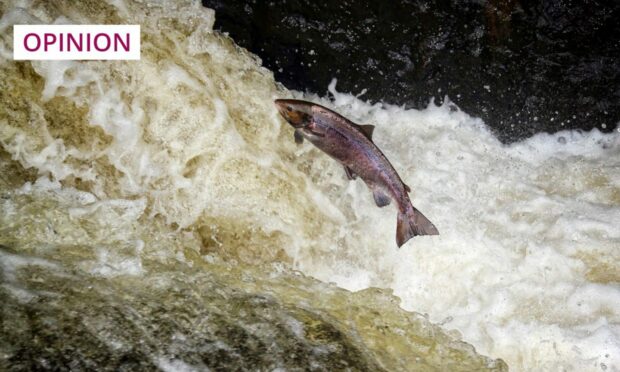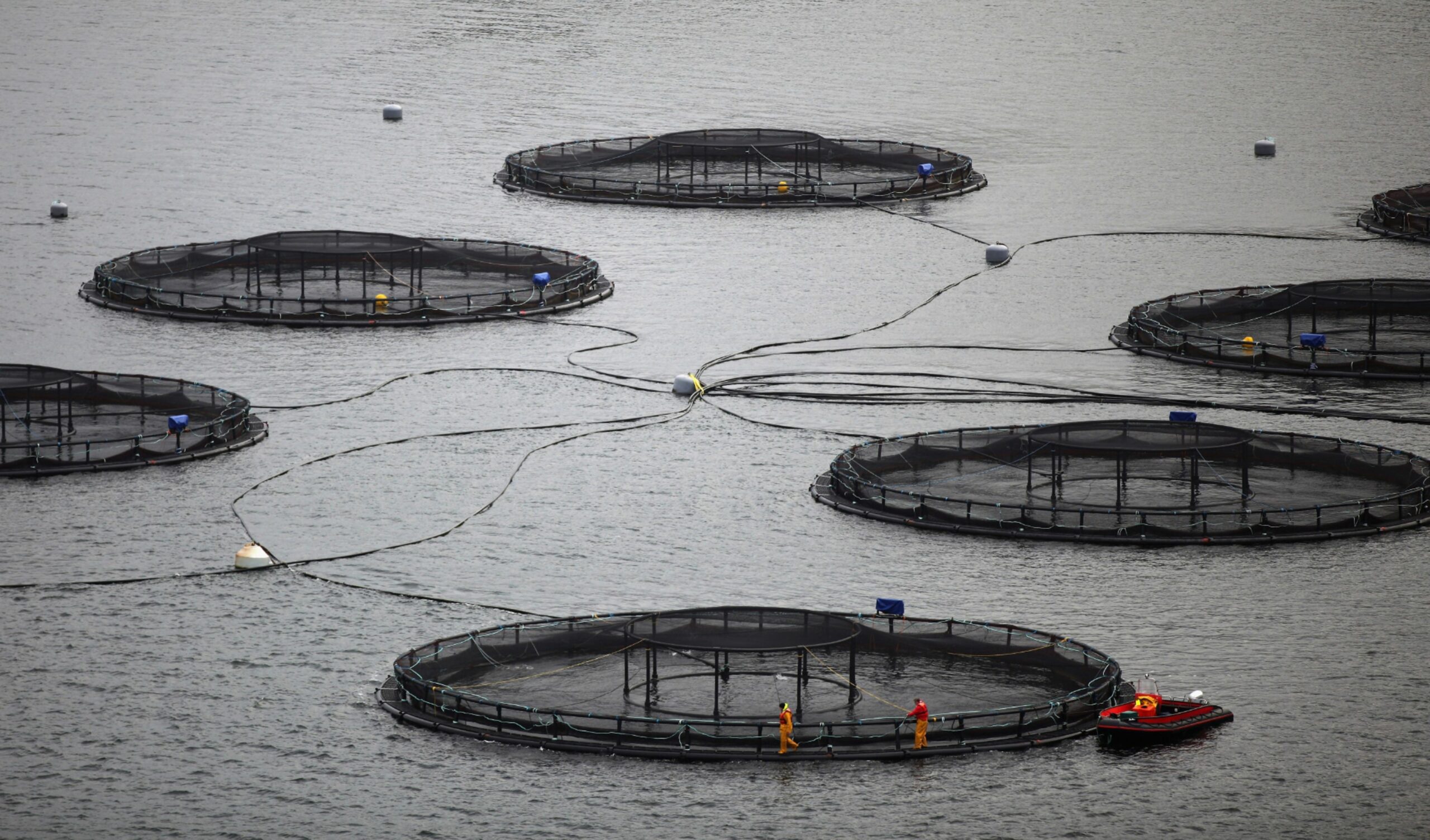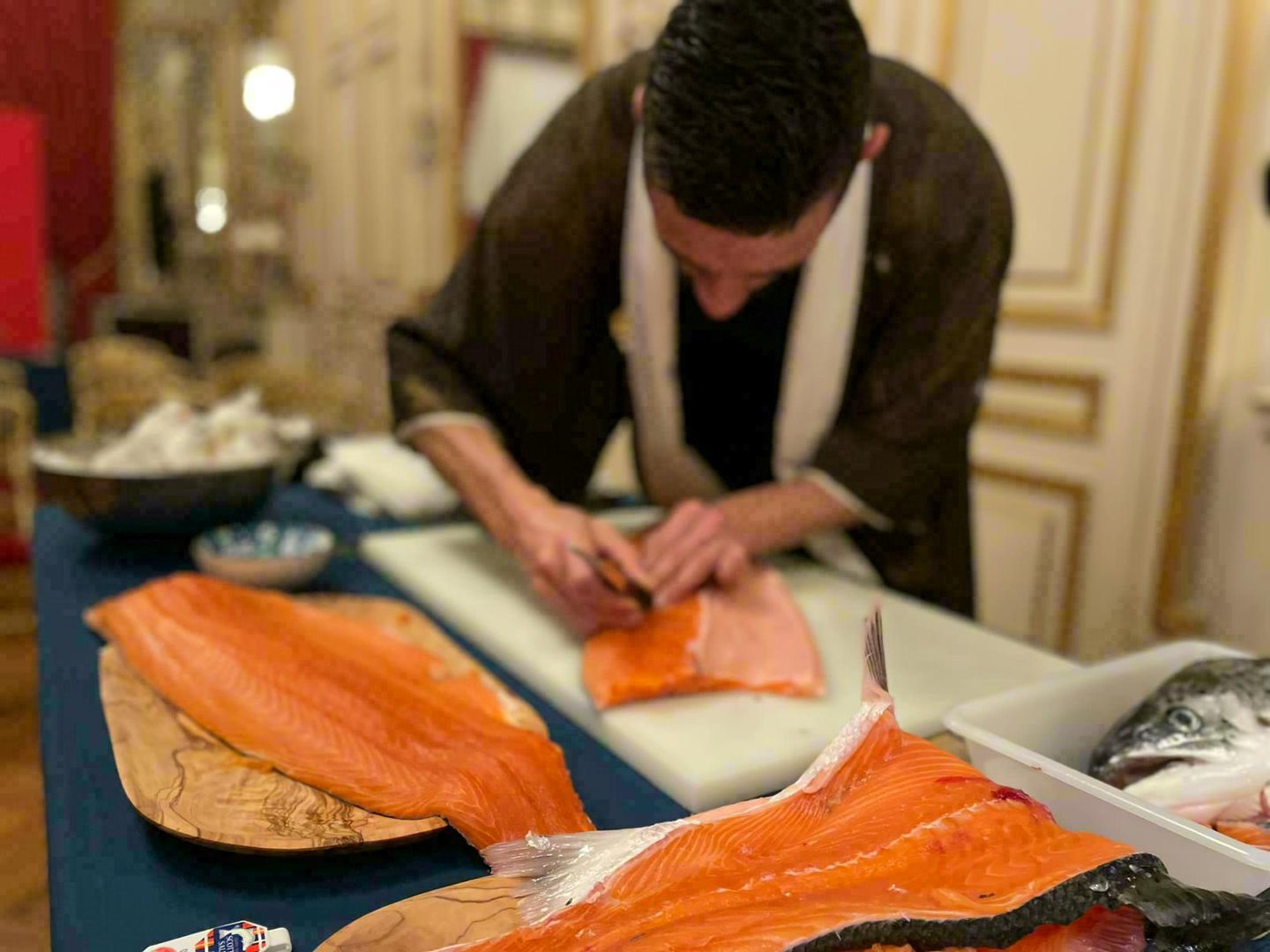Wild salmon are struggling to survive in Scotland, and the entire fishing industry must come together to save it, writes Tavish Scott of Salmon Scotland.
The wild salmon is one of Scotland’s most iconic species, earning its place alongside the red deer, the golden eagle, and the Scottish wildcat. But, like so many other animals, its numbers have been in decline for decades.
The population of wild salmon is diminishing on the west coast of Scotland, and even faster on the east coast. Reasons for the fall are many and varied, but a key cause is habitat loss and rising river temperatures, due to climate change.
The Scottish Government has also identified other pressures facing wild salmon, including predation by fish, birds and seals, as well as the non-native plans that erode riverbanks.

Man-made barriers to migration, such as weirs and bridge foundations, lead to further challenges for the fish, impeding their migration to spawning grounds and increasing the likelihood of them being eaten.
The sad truth is that wild Atlantic salmon now has a miniscule survival rate of only around 1-2%. That contrasts sharply with farm-raised salmon, where the survival rate is around 85% over their two years in the cold seas off Scotland’s west coast.
Daily animal husbandry from our salmon farmers, supported by the best vets in the land, has developed world-leading expertise in hatching and rearing salmon that thrive at sea.
Scotland’s salmon farmers want to play their part
There are a handful of vocal activists, often from urban centres far from rural Scotland, determined to shut down salmon farms – which would make 12,000 people unemployed amid a cost of living crisis – who mistakenly believe that this would somehow help wild salmon.
They have no explanation, of course, for the fact that wild salmon numbers are declining at the same rate on the east coast, where there has never been any salmon farming. What is needed is collaboration, not confrontation.
Scotland’s salmon farmers want to play their part in finding solutions, engaging constructively with the wild fish sector, and taking meaningful action to save wild salmon. They are determined, for example, to share their knowledge and experience to support wild fisheries with restocking.
Fortunately, most people in the fisheries and angling sectors in the Highlands and Islands recognise the importance of a healthy, shared environment, ensuring fish can thrive in our waters. People like Jon Gibb, a fisheries manager based in Fort William, get that.
He has long championed a constructive relationship between the farm-raised salmon sector and fisheries and angling groups, arguing that “both the farmed and wild salmon sectors have a common interest to thrive in our shared space”.
I agree, which is why I’m delighted that Jon has agreed to coordinate our revamped £1.5 million “wild fisheries fund”, which is paid for directly by Scotland’s salmon farming companies.
Funding to protect our salmon heritage
The Scottish salmon sector has already funded projects to save and restore a historic dam in the Western Isles that assists wild salmon to progress to their spawning grounds, as well as restoration projects across Scotland that will reduce riverbank erosion and provide tree canopy and in-stream cover for young salmon.
The fish has a rich history, but we all need to work together in ensuring a long-term future for wild stocks
In the coming year, £145,000 will be available to a broad range of organisations and projects. Applications are invited from fisheries organisations, including local angling clubs, fishery boards and other community associations.
The revamped fund will prioritise applications of a practical nature, which aim to protect and enhance wild salmon populations and local angling opportunities, recognising that salmon and trout fishing is at the cultural heart of many Highland communities, and provides human health benefits.
Projects could include removing migration barriers, evidence-based and authorised restocking programmes, hatchery-based operations using contemporary techniques, such as genetic screening, and freshwater habitat improvement, like spawning gravel creation.
Money is also available for improvements to angling facilities, including riverside paths, boats and buildings, as well as initiatives to support young and disabled anglers.
Scottish salmon is part of our national story. The fish has a rich history, but we all need to work together in ensuring a long-term future for wild stocks.
We recognise that today’s Scottish salmon farming sector enjoys its strong reputation and success partly due to this heritage. It is in all of our interests to ensure that we protect our freshwater and seawater environment so that one of Scotland’s most iconic species can recover and thrive.
Tavish Scott is chief executive of Salmon Scotland



Conversation